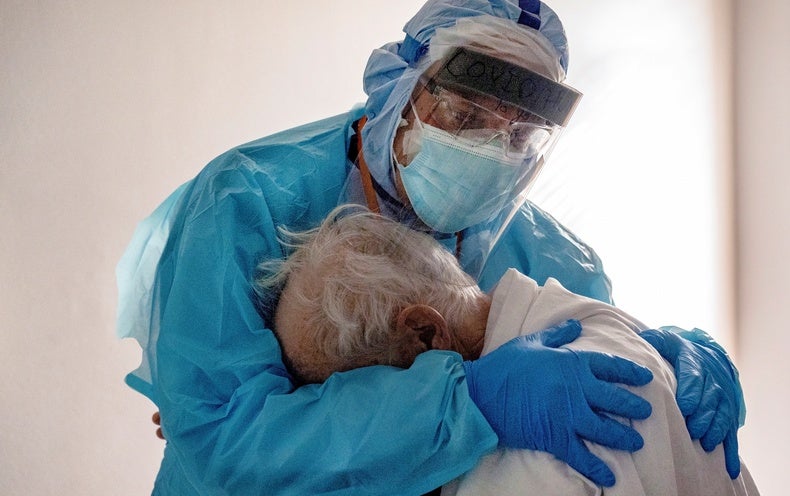When the World Health Organization first called COVID-19 a pandemic on March 11, 2020, few people had any idea what the world was in for. The progression was swift: borders clamped shut, authorities issued stay-at-home orders, and public life ground to a near halt. Most of the world had no experience dealing with an infectious disease outbreak of this scale. The previously unknown virus, now called SARS-CoV-2, could spread through the air, often before (or, in some cases, possibly without ever) causing any symptoms. COVID—though mild for many people—struck down elderly and more vulnerable individuals (and occasionally very healthy ones) with a vengeance, launching a wave of fear, suffering and death unlike any in recent memory.
“In the beginning, when this started a year ago, we knew that it was spreading. And we knew that it also was lethal in some percentage of people,” says Stanley Perlman, a virologist at the University of Iowa, who is an expert on coronaviruses, a group that includes SARS-CoV-2. “But I don't think we had a full appreciation about how bad it was.”
Among the biggest shocks was that the U.S. fared worse than most other countries, with more than 29 million cases and nearly 530,000 deaths as of this writing. “We absolutely can’t say that we had the most robust response to the pandemic, up till this point, because we have had a higher death rate per capita than so many other places,” says Monica Gandhi, a professor of medicine at the University of California, San Francisco.
As the country raced to react to this new and terrifying scourge, mistakes were made that together cost hundreds of thousands of lives. Yet the tireless efforts of health care workers, along with an unprecedented vaccine push, have saved countless others. Scientific American interviewed scientists and public health experts about the biggest mistakes in the U.S.’s response, some of the key successes and the lingering questions that still need to be answered. ...




Recent Comments